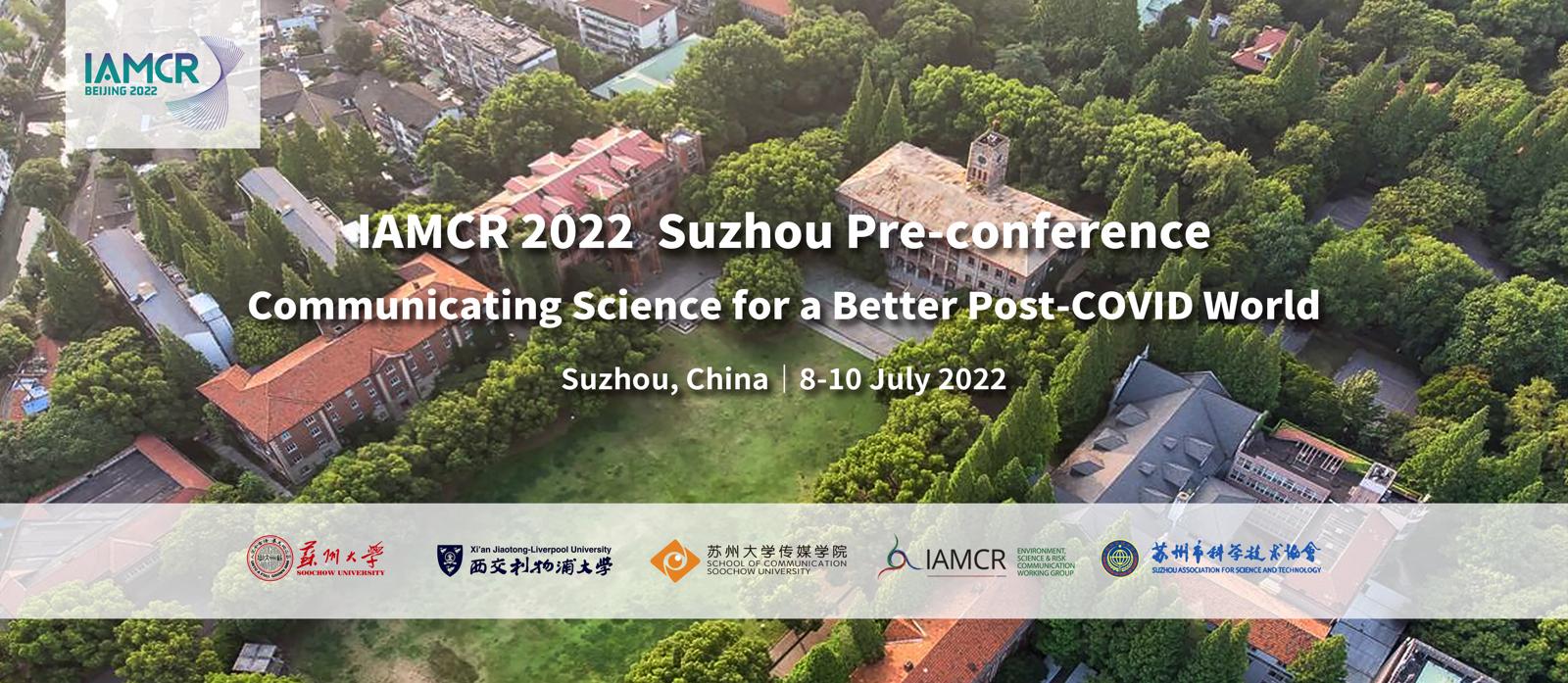This paper investigates how pandemic-related issues are framed in fake news by taking the framing of Covid 19-related misinformation from digital fact-checking platforms in China as a case. The concept of framing, first introduced by Goffman in 1974, can be defined as a process of focusing on specific aspects of a perceived reality and presenting them in a more prominent manner (Entman, 1993). When it comes to news framing, it is the news outlets, with their values and interpretations, who undergo the process of obtruding some aspects of a news story over others (Chong & Druckman, 2007). While there are many studies on how health-related issues are framed in the real news produced by trusted news organisations (Wu, 2006; Feng, Brewer & Ley, 2012), few have investigated the framing of them in fake news.
This paper aims to fill the gap by conducting a content analysis of Covid 19-related misinformation. Specifically, it will look at 1). what are the frames commonly used in fake news content or headlines; 2) How is the cited source of fake news associated with frame use. The answer to these questions can help us understand what source-frame matches make fake news seem more credible or spread more virulently.
Data of the study include all the Covid-19 related fake news identified and archived in Weibo Piyao and Jiao Zhen, i.e., the two major fact-checking platforms in China, between January 2020 and December 2021. Since the Covid 19-related fake news can cover a wide range of issues involving different parties or actors, the study will adopt the generic frames, which are usually used to investigate at least two different issues in one study (De Vreese, 2005). These generic frames include the human interest frame, the conflict frame, the responsibility frame, the morality frame, the economic consequence frame, and the factual frame. The paper will explore how these frames typically found in traditional news reporting apply in the context of fake news and whether the existing framework of news framing can be reinforced or extended. Results of the study also contribute to a better understanding of why some fake news could be spread widely and build the foundations for identifying paths to more effective public health communications.

 京公网安备 11010802039275号
京公网安备 11010802039275号